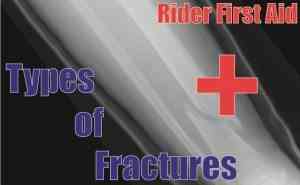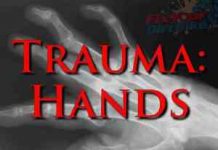How To Treat Bone Fractures With Basic First Aid
There are three injuries that are common among athletes – strains, sprains, and bone fractures. And among those three, fractures are the most serious.
If you need to treat a fracture immediately do not read this article, call 911 now!
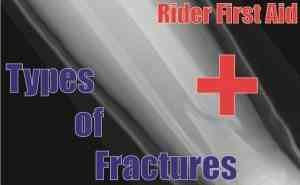 Bone fractures come in a variety of different shapes, types, and sizes. Also, they can occur at just about any location on your body (where bones are present). At first sight, that can make proper treatment of a fracture a bit intimidating.
Bone fractures come in a variety of different shapes, types, and sizes. Also, they can occur at just about any location on your body (where bones are present). At first sight, that can make proper treatment of a fracture a bit intimidating.
The good news is that you can treat almost all fractures the same way. You just need to make sure you’re properly diagnosing the fracture before attempting to treat it. This article will give you everything you need to be able to do that.
What Is A Fracture?
Contrary to popular belief fractures are not simply broken bones. It can also be a crack. By definition, it’s a “condition that occurs at any time the continuity of a bone is broken.”
There are several different ways a bone can fracture. And most of those ways will fall under one of two categories: Simple Fracture and Compound Fracture
A simple fracture is a clean break in the bone where none of the surrounding tissue is damaged in any way.
A compound fracture is a complete opposite. It occurs when the surrounding tissue (and skin) is compromised and damaged by the broken bone.
Related: A Black eye might be more severe than you first realize, as in broken face bad!
12 Common Types Of Fractures & Broken Bones
- Avulsion fracture – muscle or ligament pulls on the bone and fractures it.
- Comminuted fracture – the bone is shattered into many pieces
- Compression fracture – a crushing of the spongy bone in the spine
- Fracture dislocation – joint becomes dislocated, and one of the bones of the joint has a fracture
- Hairline fracture – a partial fracture of the bone often hard to detect
- Impacted fracture – the bone is fractured, and one fragment of bone goes into another
- Longitudinal fracture – break is along the length of the bone
- Spiral fracture – at least one part of the bone has been twisted
- Stress fracture – common among athletes. Bone breaks because of repeated stresses and strains
- Transverse fracture – a straight break right across a bone
- Oblique Nondisplaced – a diagonal fracture
- Oblique displaced– a diagonal break
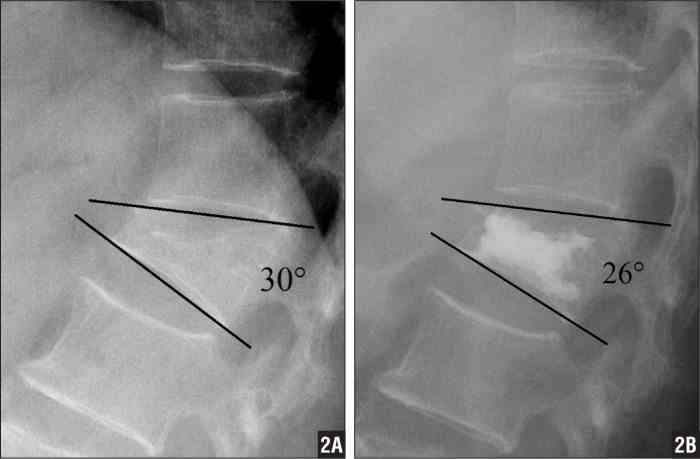
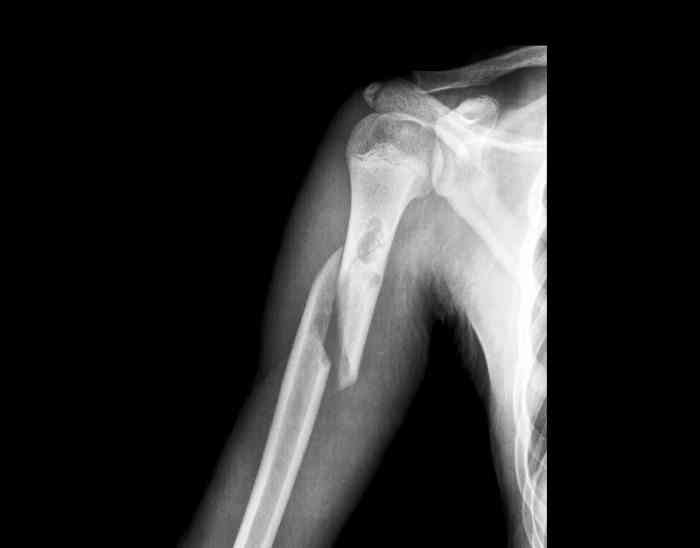
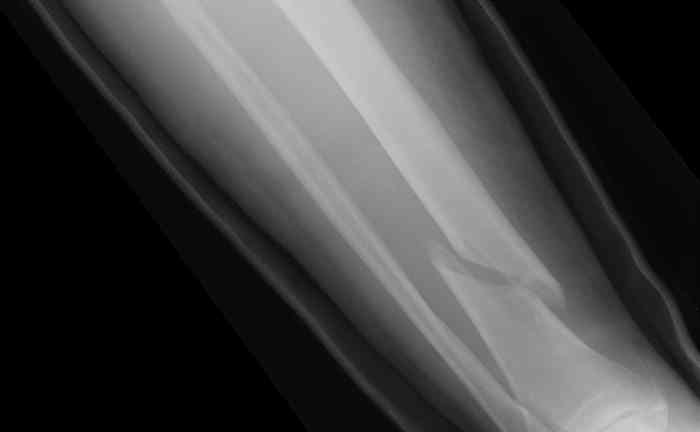
Symptoms Of Broken Bones
The symptoms of a fracture are heavily influenced by a few different factors:
• The bone that has been fractured
• The age of the person with the fracture
• The overall health of the person with the fracture
• The severity of the injury sustained
But even with the above factors in play, a person with a fracture will more than likely have one or more of the following symptoms:
• Pain in the affected area. From mild to intense.
• Swelling in the affected area.
• The bruising and discolored skin around the affected area.
• Bleeding around the affected area (very common with compound fractures).
• Angulation. When the affected body part is bent at an odd angle or is dangling.
• The person is unable to put little (if any) weight on the body part.
• The person cannot move the affected area.
The following symptoms are most commonly present when larger bones (pelvis, femur, etc.) are fractured:
• Pale skin color and clamminess.
• Dizziness or fainting.
• Nausea accompanied by vomiting.
**Note: The three symptoms above are also indicators of shock.
How To Properly Treat Bone Fractures
As with most other injuries that occur while riding, your first plan of action is to contact 911, if possible. If you can contact emergency services, do not touch the affected area until professional help arrives.
If you cannot contact 911, take the following actions:
1. Stop any bleeding. If there is bleeding involved, stop it first by applying light, steady pressure on the wound with a sterile cloth or other fabric.
2. Immobilize the injured area. Do NOT try to realign the bone or push and pull it back into place. This can cause further damage and potentially turn a minor injury into a severe, life-threatening injury.
3. Apply a stint (if possible). Apply a splint, then apply one directly above and below the affected area. Cardboard, folded paper, sticks, or anything else that is stiff will work.
4. Apply ice to the affected area. This will help reduce any swelling and relieve some of the pain. Do NOT place the ice directly onto the affected area. The drastic change in temperature can further restrict blood flow and potentially put the person into shock.
Special Note: If the person appears to be pale and/or is dizzy and nauseous, then you’ll also want to treat them for shock.
If you have any questions or anything to add, please leave them in the comments or on our FaceBook page!
Keep Reading – Neck Injury First Aid

